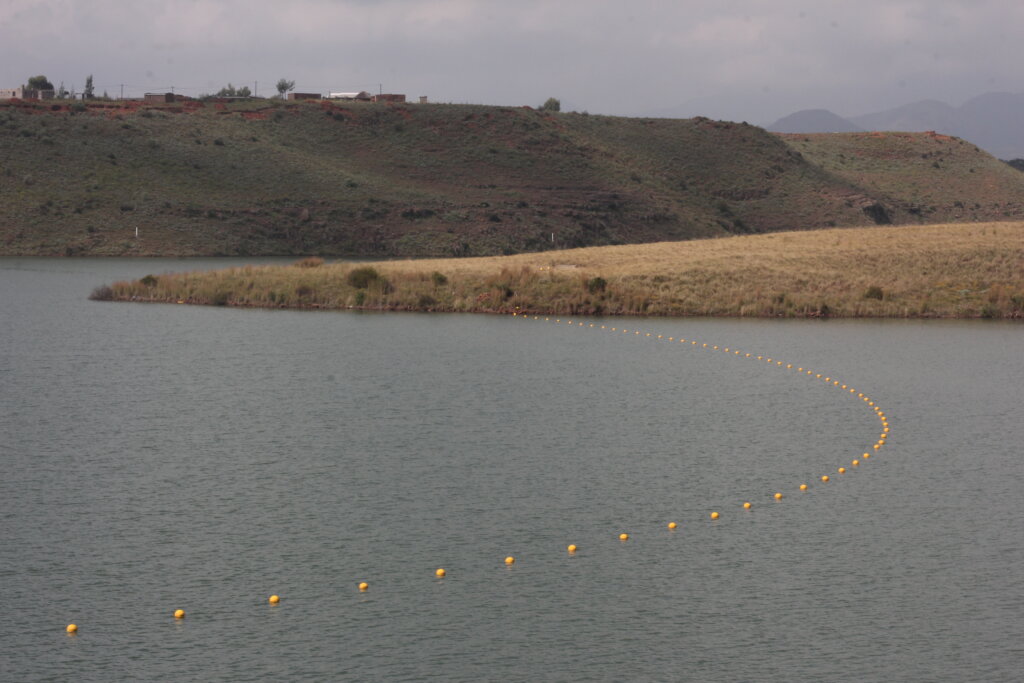Climate change increasingly exerts pressure on natural resources, threatening humanity and nature. Water-related risks are an example of this: in many parts of the world, scarce and continuously declining availabilities of water cause major concerns such as drought, while in other places, too much water causes great disturbance in the form of floods. Overall, climate change is expected to decrease water supply, alter the timing of water availability, and increase the severity of both droughts and floods, hitting already vulnerable communities the hardest. These threats to the environment and local populations require ambitious measures in response – and preparation.
The availability of data on global water resources has a role to play in managing these challenges. This is why, with Google.org funding, Deltares, the World Resources Institute (WRI) and the World Wildlife Fund (WWF) have joined forces to develop the Global Water Watch. This platform provides free, globally accessible, near-real-time information on water availability in over 70,000 global reservoirs and major river systems, derived using satellite data, machine learning, and cloud computing. While there is often a focus on the correlation between drought and precipitation in anticipatory action research and operations, the relevance of information on available water storage can be overlooked. The Global Water Watch could change this, by providing easy-to-access information on water storage globally which allows for predictions of drought occurring, and appropriate anticipatory measures, ahead of time. In the tool’s ongoing development, thanks to funding from the European Space Agency (ESA), Deltares and 510, the data and digital initiative of the Netherlands Red Cross, are collaborating to generate further improvements by implementing the monitoring of water storage and investigating the usefulness of this information for humanitarian purposes.

“Global Water Watch may provide essential information in areas that strongly rely on surface water resources for, for example, food production or drinking water supply. If drought occurs in a remote area, Global Water Watch should be able to detect this at an early stage, provide key insights into the amount of available water, and potentially inform stakeholders such as the Red Cross.” – Hessel Winsemius, Lead Hydrologist at Deltares
The tool is expected to facilitate responding to extreme weather events, managing climate-related risks, and making societies more climate-resilient. This is where 510 comes in: in close cooperation with the developers of the Global Water Watch, we have engaged in dialogue with several National Red Cross and Red Crescent Societies active in anticipatory action and water management to understand their needs and ensure the final tool will meet them. By incorporating these insights, the Global Water Watch has the potential to be a trailblazer among tools used by anticipatory action professionals in the humanitarian sector to predict drought and protect lives and livelihoods in affected populations accordingly.
Predicting and reducing the impact of drought in Lesotho
One of such dialogues was undertaken in Lesotho, where inconsistent rainfall, a hot, dry climate and intense drought are making the country’s population increasingly vulnerable. A shortage of permanent surface water over large parts of the country has turned water into a scarce resource, exposing local communities to food insecurity due to crop failure and unproductive rangelands. The Lesotho Red Cross Society is closely involved in water management to mitigate such risks and protect people from their impact. To test the usefulness of the Global Water Watch for these purposes, a delegation from the 510 team undertook a visit to Lesotho in March 2023. Discussions with the National Society and other stakeholders such as the Lesotho Ministry of Water contributed to a better understanding of current tools used to inform decision-making in this context, allowing for conclusions on where the Global Water Watch could fit in. This visit inspired ongoing conversations on global and local levels about how water storage data can inform anticipatory action. Guided by these conversations, the tool has undergone further technical improvements.

“This initiative has been an eye opener to the National Society and the government partners overall. Global Water Watch provides useful information that can support programming with the aim of helping the most vulnerable.” – Sebongile Hlubi, Anticipatory Action and Readiness Coordinator at Lesotho Red Cross Society
What’s next?
While already advanced and ready for use in multiple contexts, the development of the Global Water Watch is ever-evolving. The platform will be further scaled up in the near future. Key developments foreseen in the forthcoming years are to improve the accuracy and information on uncertainty for existing monitored reservoirs, allow users to add or suggest monitoring of new water bodies, and predict water availability in the forthcoming months.
We want to hear from you!
Interested in hearing more about this project? Please reach out to
Technical Project Coordinator, Surface-2-Storage: Daniele Castellana dcastellana@redcross.nl
Advisor, Anticipatory Action: Marc van den Homberg mvandenhomberg@redcross.nl